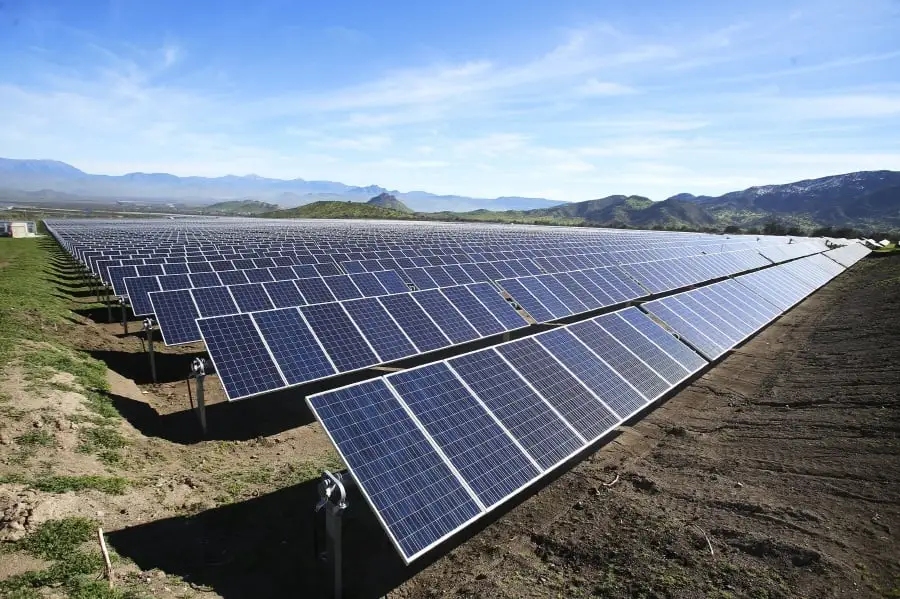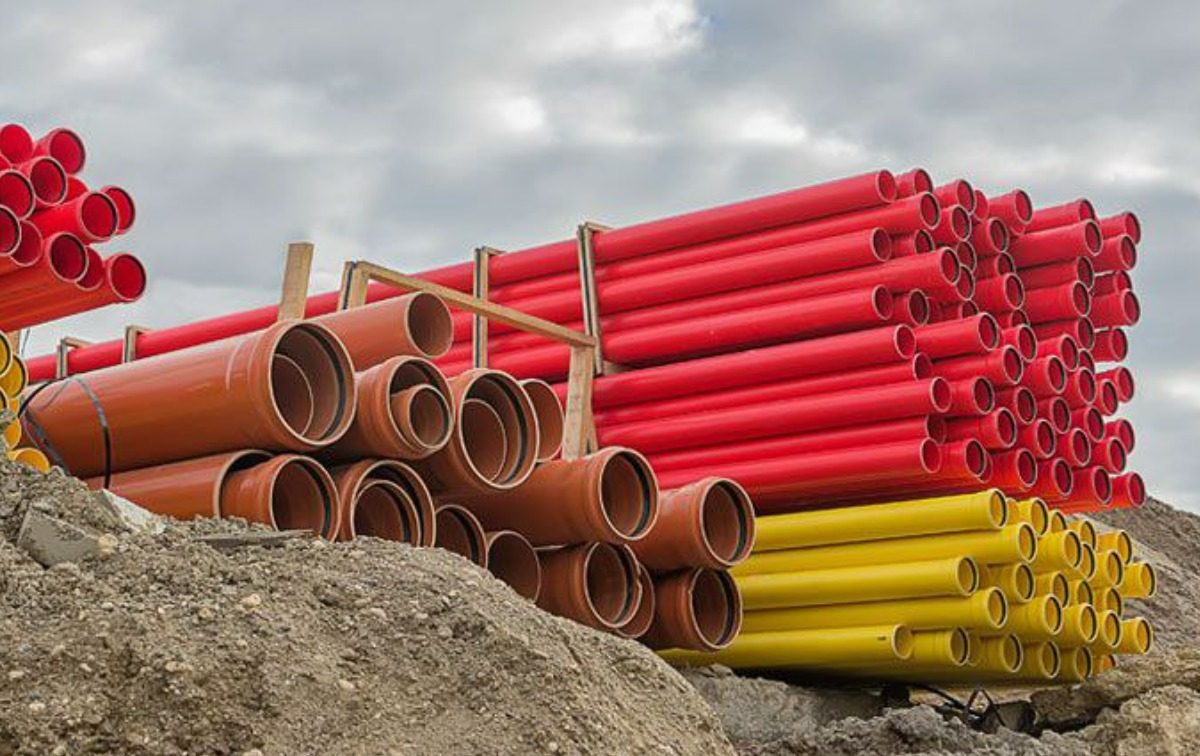China is leading a major shift towards renewable energy among BRICS nations, positioning the bloc as a dominant force in the global solar power sector. According to a recent report by energy research group Ember, BRICS countries collectively generated 51% of the world’s solar electricity in 2024—more than triple their share a decade ago, which stood at just 15%.

While many BRICS members remain significant producers of fossil fuels, the transition to solar energy is accelerating rapidly, spearheaded by China’s extensive clean-energy infrastructure. In 2024, China alone accounted for 39% of global solar generation, with India contributing 6.3% and Brazil 3.5%, reinforcing the bloc’s growing renewable energy credentials.
Originally formed to reflect the rising economic influence of Brazil, Russia, India, China and South Africa, the BRICS group has expanded both its membership and geopolitical weight. Newer entrants include Iran, Egypt, Ethiopia, the United Arab Emirates and Indonesia, while Saudi Arabia has received an invitation but has yet to confirm participation.
China, India and Brazil now rank among the world’s top five solar-generating nations. Their momentum continues into 2025, with China recording a 42% increase in solar output during the first four months of the year. India and Brazil have also posted year-on-year increases exceeding 30%.
Trade within the bloc is intensifying, with China exporting US$9.4 billion worth of solar cells and panels to fellow BRICS members since the beginning of 2024, according to data from BloombergNEF. This underscores the dual strength of China’s manufacturing capabilities and its strategic ties with emerging economies.
Despite this progress, the benefits of clean energy leadership among founding BRICS members are not uniformly distributed. According to an April study by Global Energy Monitor, several newer partner states—including Indonesia, Kazakhstan, Nigeria and Malaysia—are prioritising fossil fuel expansion. These countries are currently constructing 25 gigawatts of new fossil-fuel capacity, compared to just 10 gigawatts of clean energy projects.
Notably, over 60% of the fossil-fuel infrastructure underway in these regions involves Chinese firms, either as project developers or financiers, highlighting the complexities of China’s energy diplomacy even amid its leadership in renewable generation.
-Bloomberg






